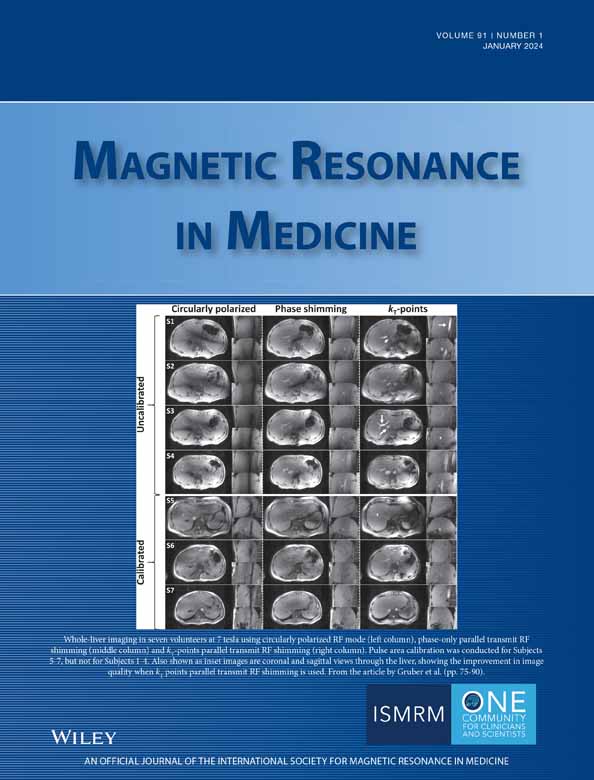In vivo measurement of T1 in the vitreous humor of patients with ischemic retinal disease
Abstract
Purpose
To demonstrate MR T1 mapping in vivo as a method to non-invasively estimate vitreous oxygen concentration in ischemic eye disease.
Methods
Patients with ischemic eye disease (central retinal vein occlusion, ocular ischemic syndrome, and proliferative diabetic retinopathy) were prospectively recruited. MRI was performed on each patient before any treatment, with T1 mapping acquired using an inversion recovery TrueFISP sequence at several inversion times, from a single slice positioned through the center of both eyes in the axial oblique plane. A phantom study measuring seven different concentrations of vitronectin, a protein released in ischemic eye disease, was undertaken to determine its potential confounding effect on T1.
Results
Ten participants were recruited (eight central retinal vein occlusion, one ocular ischemic syndrome, and one proliferative diabetic retinopathy). Of the eight central retinal vein occlusion cases, there was a statistically different vitreous T1 in the diseased eye compared to the healthy control eye (4.306 vs. 4.518 s, p = 0.008). T1 times did not significantly alter across the range of vitronectin concentrations.
Conclusions
Ischemic eye disease decreases vitreous T1, potentially implying an increase in vitreous partial pressure of oxygen (pO2) concentration given what is known from the relationship between 1/T1 and pO2. Potential theories for this unexpected result are discussed. This study provides further data on this technique, with potential clinical application in eye disease.




